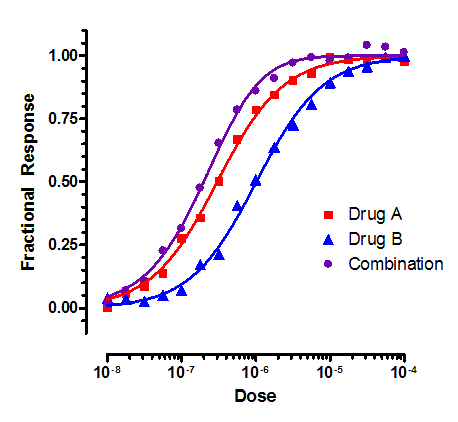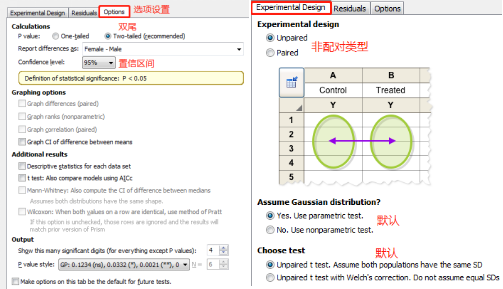

For RYR1-related myopathies specifically, the next step is to test p38 blocking treatments in mice. This type of pipeline could identify new treatments, not just for RYR1-related myopathies, but for other diseases that involve genes or proteins that are similar across species.

Using three types of animal to test new drugs maximizes the benefits of each model. This suggests p38 blockers may have potential as a treatment for RYR1-related myopathies in mammals. found that blocking the p38 protein, either with drugs or by inactivating the gene that codes for it, changed muscle calcium release. Of the thousands of compounds tested here, one group of chemicals stood out – treatments that block the activity of a protein called p38. The third and final stage is to test promising chemicals from the zebrafish in mouse muscle cells. The second step is to group the best treatments according to their chemical similarities and test them again in zebrafish. The first step is an automated screening process that trials thousands of chemicals on nematode worms. combined them, developing a fast and powerful way to test new drugs. To maximize the strengths of each animal model, Volpatti et al. So far, none of these methods has been successful in discovering treatments for RYR1-related myopathies. A compromise involves testing on animals such as zebrafish. Unfortunately, these experiments are slow and expensive. Luckily, it is sometimes possible to test whether compounds might be effective by trying them out on complex mammals, like mice. But even though worms and humans share certain genes, treatments that work for worms do not always work for humans. The fastest and cheapest way to test whether compounds might be effective is to try them on very simple animals, like nematode worms. It is possible that repurposing existing drugs could benefit people with RYR1-related myopathies, but trialing treatments takes time. At the moment, RYR1 myopathies have no treatment.

The mutations change calcium release in muscle cells, which can make movement difficult, and make it hard for people to breathe. Mutations in the gene that codes for RYR1 in humans cause a group of rare diseases called RYR1-related myopathies. When RYR1 is activated, it releases calcium from storage, which floods the muscle cell. This process depends on a channel-shaped protein called the ryanodine receptor, or RYR1 for short.
GRAPHPAD PRISM 8 DRUG TEST FULL
Muscle cells have storage compartments stuffed full of calcium, which they release to trigger a contraction. This unique platform for RYR1-RM therapy development is potentially applicable to a broad range of neuromuscular disorders. Lastly, we demonstrated that p38 inhibition blunts the aberrant temperature-dependent increase in resting Ca 2+ in myotubes from an RYR1-RM mouse model. Using mouse myotubes, we found that either pharmacological inhibition or siRNA silencing of p38 impaired caffeine-induced Ca 2+ release from wild type cells while promoting intracellular Ca 2+ release in Ryr1 knockout cells.

Targeted testing in zebrafish yielded positive results for two p38 inhibitors. We first performed large-scale drug screens in C. To accomplish this, we developed a discovery pipeline using nematode, zebrafish, and mammalian cell models. The goal of this study is to identify new therapeutic targets for RYR1-RMs. Ryanodine receptor type I-related myopathies (RYR1-RMs) are a common group of childhood muscle diseases associated with severe disabilities and early mortality for which there are no available treatments.


 0 kommentar(er)
0 kommentar(er)
